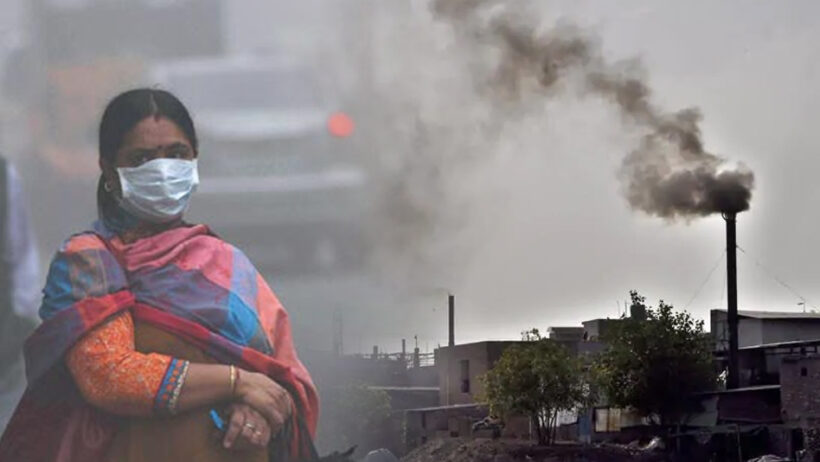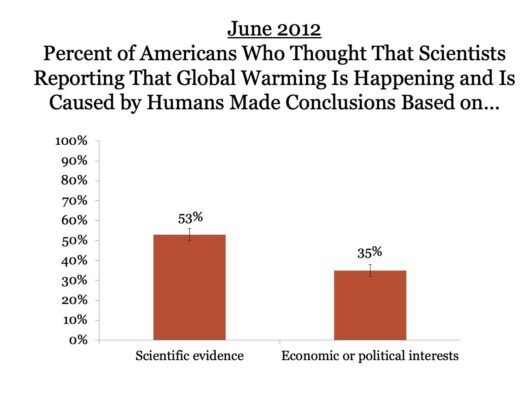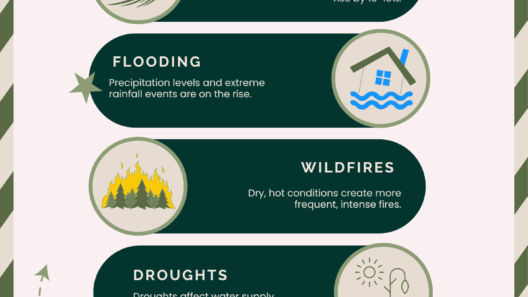Indonesia, an archipelago of over 17,000 islands, teeters on the precipice of myriad environmental challenges exacerbated by global warming. This nation’s bountiful diversity, while stunning, is intricately tied to its public health landscape, forming a delicate tapestry woven from the threads of climate, geography, and socioeconomic dynamics. The looming specter of climate change is not merely an abstract concept for Indonesia; it represents an immediate and tangible threat that manifests in a multiplicity of forms, each with profound implications for public health.
To understand the intricate interplay between global warming and public health in Indonesia, one must first recognize the geographical uniqueness of the nation. Stretching across the equator, Indonesia experiences tropical climates characterized by seasonal monsoons. However, climate change has warped these familiar patterns, resulting in erratic weather phenomena — think of it as a maestro losing control of a symphony, where each instrument plays its own chaotic notes, leading to dissonance instead of harmony. Floods and droughts, once predictable, have morphed into unpredictable events, leading to compromised food security and clean water access, critical elements for maintaining public health.
As rainfall patterns shift, some regions face deluges that inundate homes and hospitals, while others grapple with parched earth that suffers from severe water shortages. This duality creates a crucible of health threats: waterborne diseases thrive in stagnant water post-flooding, while droughts precipitate malnutrition and food scarcity. Herein lies an immediate metaphorical parallel: Indonesia’s health infrastructure is not merely a bulwark against disease but a fragile dam holding back an onslaught of adversities fuelled by climate change. Broken dams cannot guard against floodwaters, just as insufficient health systems cannot shield populations from surging health crises.
Furthermore, the health ramifications extend beyond immediate physical ailments. The mental health of the populace is inextricably linked to the environmental shifts they are experiencing. As communities face increasingly frequent natural disasters, the psychological toll is staggering. Here, one can liken the human psyche to a delicate glass vase, continually being chipped away at by the relentless onslaught of climate-related stressors. Depression, anxiety, and post-traumatic stress disorder emerge as shadowy companions to those who have lost homes, loved ones, and livelihoods to natural calamities. The ripple effect of these emotional burdens, in turn, exacerbates other health issues, creating a macabre cycle where mental health vulnerabilities can lead to physical health detractions and vice versa.
Now, let us turn our gaze toward the burgeoning threat of vector-borne diseases, particularly as climate change effectuates alterations in the habits and habitats of mosquitoes and other carriers. The spread of dengue fever, malaria, and Zika virus poses unprecedented challenges, with climate variability determining their geographic proliferation. It is as if these diseases are following a mercurial dancer — their movements dictated by the changing rhythms of temperature and precipitation. Regions that were once off-limits for such pathogens are now transformed into breeding grounds, compelling health officials to adapt and respond in real-time. Health systems must muster the agility of a heron poised to strike for the elusive fish, pivoting quickly in the face of changing disease patterns.
Ultimately, the nexus of climate change and public health in Indonesia illuminates the urgent need for a multi-faceted approach to address these challenges. Resilience-building becomes paramount; communities must be equipped not only with robust health infrastructure but also with the knowledge and resources to adapt to environmental changes. This necessitates an engagement of local stakeholders, from government bodies to grassroots organizations, in crafting a collective response that transcends mere reaction and fosters proactive measures. Consider this initiative akin to planting mangrove trees along vulnerable coastlines — a preventative measure with long-lasting benefits, creating natural barriers against the encroaching tides of health threats.
Moreover, augmenting healthcare access through telemedicine and mobile health units can bridge the gap in regions where traditional healthcare systems falter. Just as a lighthouse guides lost ships through treacherous waters, these strategies can illuminate pathways to health for those in the most remote and affected areas of the archipelago. Such innovation is not merely a luxury; it is a necessity underlined by the relentless march of climate change.
Public health surveillance systems must be fortified to enable quick responses to emerging health threats tied to global warming. Armed with data, health officials can predict and respond to disease outbreaks with the precision of a watchmaker, ensuring that every cog in the health system works synchronously. This will require a partnership between science, technology, and community engagement, creating a symphony of resources dedicated to the health and well-being of Indonesia’s populace.
In conclusion, Indonesia’s journey navigating the tumultuous waters of global warming encompasses challenges that are both overwhelming and multifaceted. Yet within these challenges lie opportunities for innovative, adaptive solutions that can pave the way for a healthier future. As the nation grapples with the complexities of climate and health, it must embrace resilience — an enduring spirit capable of withstanding the raging storms ahead. In this struggle against climate adversity, the collective effort to safeguard the health of its population will ultimately determine the future of Indonesia, charting a course not toward despair but toward hope and sustainable well-being.








